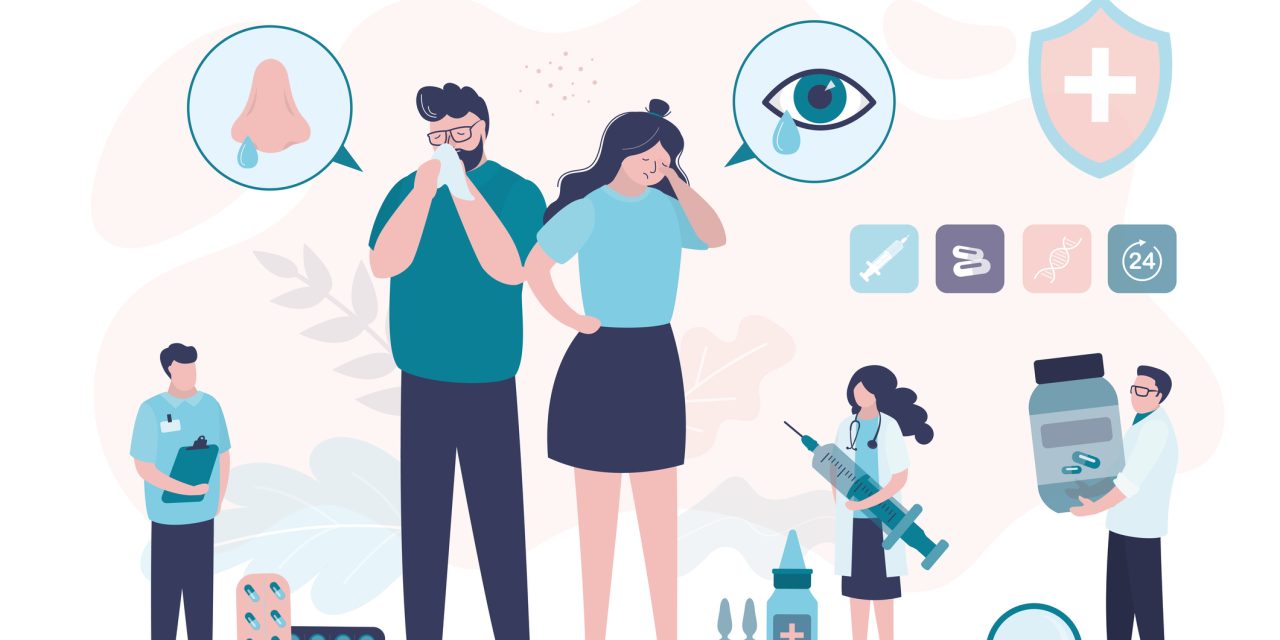To evaluate the accuracy of the initial diagnosis in the case of fungal infections of the orbit and identify factors that may influence patient outcomes.
An institutional review board-approved retrospective chart review was conducted across 2 large academic centres to identify cases of fungal infections involving the orbit from January 1, 1998, to November 15, 2019. Data collected included patient demographics, past medical history, examination findings, diagnosis, treatment, imaging, and outcomes.
Fifty cases of fungal infection involving the orbit were identified. Of these, 33 (66.0%) were initially misdiagnosed as nonfungal diagnoses. Sixteen patients (32.0%) received multiple initial diagnoses. The most common diagnoses on presentation were bacterial cellulitis (n = 12 of 50; 24.0%) and bacterial sinusitis (n = 12 of 50; 24.0%). These were followed by vascular and orbital inflammatory conditions (n = 9 of 50; 18.0%): 5 patients (10.0%) were clinically diagnosed with giant cell arteritis, 3 (6.0%) with nonspecific orbital inflammation, and 1 (2.0%) with optic neuritis. In this subset of patients, 77.8% (n = 7 of 9) were treated initially with systemic steroids. Additional initial diagnoses included neoplastic mass lesions, mucocele, dacryocystitis, cavernous sinus thrombosis, hemorrhage, tick-borne illness, allergic rhinitis, and allergic conjunctivitis. Misdiagnosis was significantly correlated with involvement of the masticator space on imaging (p = 0.04).
Fungal infections of the orbit are misdiagnosed in 2 of 3 of cases. Nearly 15% of patients who are later diagnosed with fungal disease of the orbit were initially treated with systemic steroids. Misdiagnosis is more frequent when the masticator space is involved.
Copyright © 2022 Canadian Ophthalmological Society. Published by Elsevier Inc. All rights reserved.
Misdiagnosis of fungal infections of the orbit.


